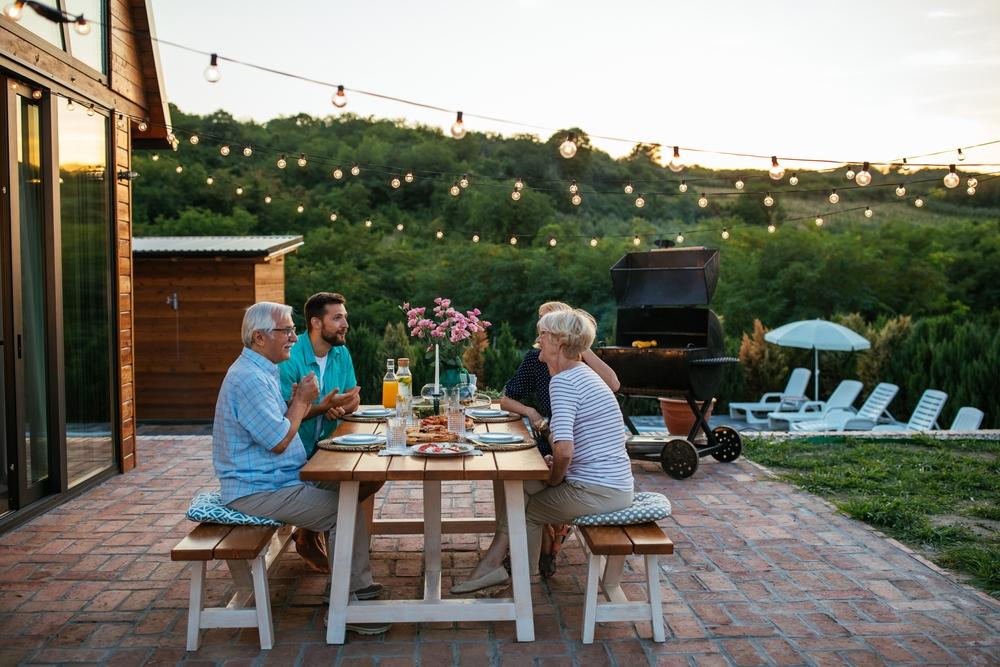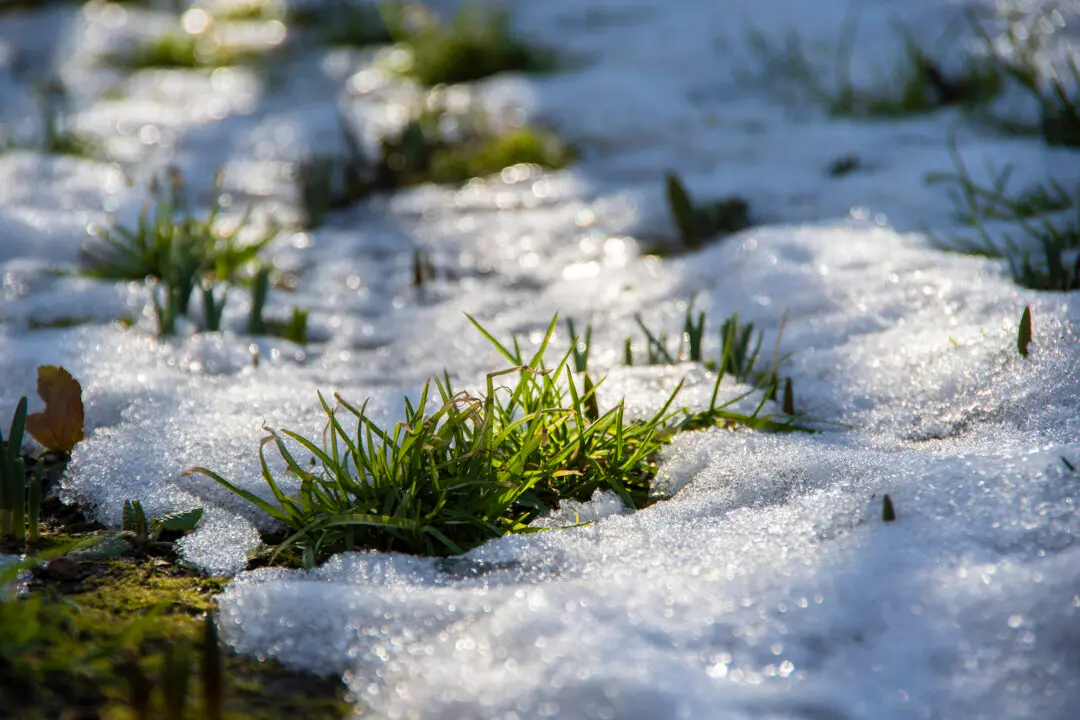Formal or relaxed, a garden should be personal—a space that reflects and fulfills the needs of the homeowner as well as family and friends. Whether starting fresh or making a few key changes, there are some crucial factors to consider before planting, and most definitely, before installing any hardscaping. The first aspect to consider is the desired goals.
More specifically, how will the garden be used? Make a list of activities (sunbathing, meditating, barbecuing/dining, playing touch football games, etc.). Take into account the needs of children and pets and be sure to include long-term plans as well as immediate ones. No one wants to discover years later that a patio or built-in planters impinge on the ideal location for a pool. Create an ultimate wish list.





